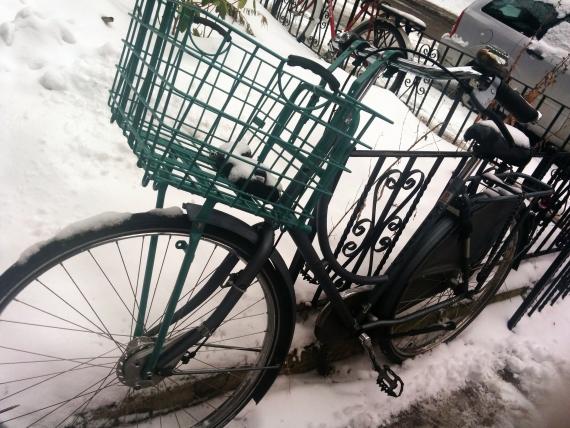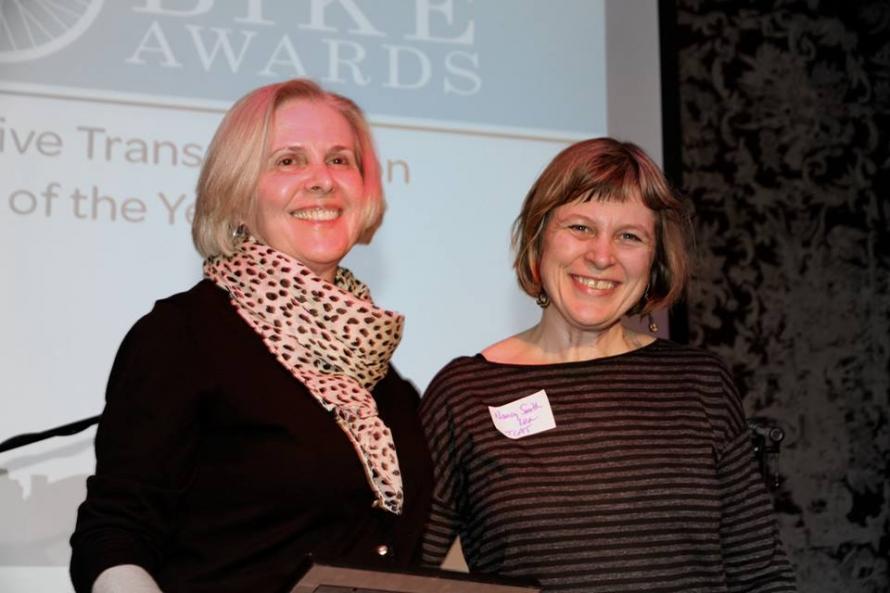My life partner Heather has a one-speed omafiets (Dutch for grandma bike). When she rides it reminds me of Queen Beatrix of the Netherlands on her bicycle. Being upright she looks practically regal.
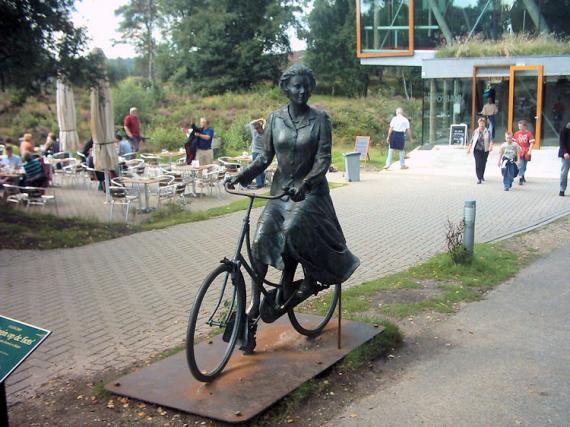
Statue of Queen Beatrix, not Heather
The only problem with this particular omafiets—at least for Canadian weather—is that it only has a coaster brake with which to stop, which can make cycling on icy downhills sometimes tricky. While a coaster brake is the height of simplicity—just pedal backwards to stop—it can lock up the back wheel if someone really steps on it.
So for Christmas I put together a front wheel with a rollerbrake (yes, I know, I'm such a romantic). So now she's got two brakes with which to stop. A rollerbrake's mechanisms are all internal (like coaster brakes) so it requires less maintenance and isn't affected by the weather like regular rim brakes. Even with wet rims the bike stops just fine.
Just perfect for city cycling.
I actually didn't set out to lace together a wheel. I couldn't find anyone locally who was selling a complete wheel with rollerbrake for this oma fiets. So I had to put it together myself with help from Hoopdriver and Urbane to get the steel rim, spokes and hub. I had also looked at Dutch Bike Bits. Curbside might also have had what I needed since they sell Dutch bikes.
Here's the result. Just in time for icy roads.
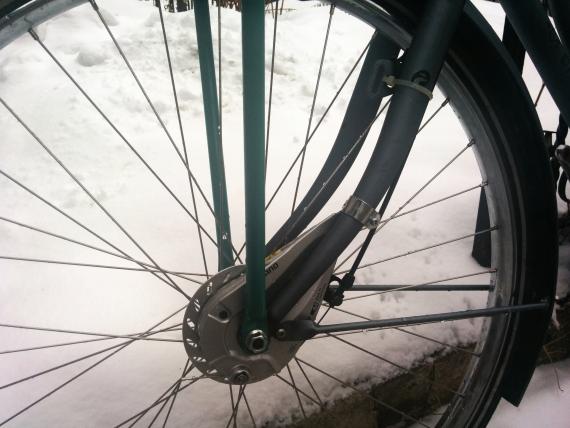
Turned out quite nicely if I do say so myself.
Bike wheel sizing is esoteric to say the least. Older Dutch bikes use the ETRTO 635 wheel size and I could only find the 622 built up with Sturmey Archer drum brakes on Dutch Bike Bits. The 622 standard is the same as what is commonly (at least with bike geeks) referred to as 700cc.
Once Hoopdriver and Urbane got me all the parts (rim, hub, rollerbrake, spokes, brake lever), I used Sheldon Brown's handy tips for wheelbuilding. I've built wheels a couple times before, so it may take some practice if you haven't done it before. It can be a nice, relaxing experience if you've got all the right parts.
There are actually people at machines in Asia that can quickly lace up and true millions of wheels a year. But what's the fun in that?
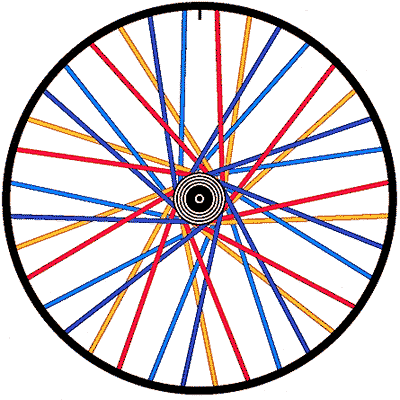
The bike in its full glory. Note the magnificent basket. It can carry so much stuff that I feel guilty for not putting one on my bike. The basket and rack came from Curbside.
